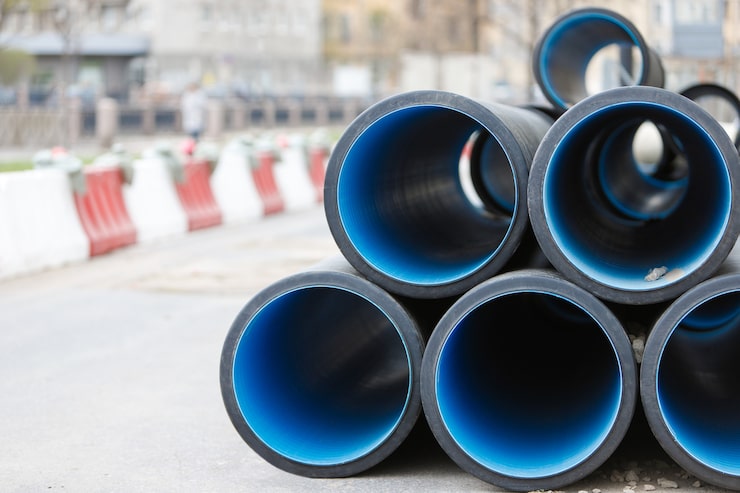Plastic extrusion is one of the most versatile processes in modern manufacturing, and understanding what are the techniques of plastic extrusion is key for engineers, designers, and production managers. At its core, extrusion is a process in which raw plastic materials—pellets, powders, or granules—are melted and forced through a die to form continuous profiles. However, extrusion is not a single technique; there are several methods designed to achieve specific shapes, properties, or material combinations.
The most fundamental technique is single-screw extrusion. In this process, a single rotating screw inside a heated barrel moves plastic forward while gradually melting it. The molten plastic is then forced through a die to create a uniform shape, such as pipes, sheets, or rods. Single-screw extrusion is ideal for simple, continuous products where mixing requirements are minimal. It is widely used in construction materials, packaging, and everyday consumer goods.

For more complex requirements, twin-screw extrusion is employed. Twin-screw extruders can be co-rotating or counter-rotating, and they offer superior mixing, compounding, and feeding capabilities. This technique is essential when producing plastic blends, incorporating fillers, reinforcements, or colorants, or ensuring consistent dispersion of additives. Industries such as automotive, electronics, and medical device manufacturing often rely on twin-screw extrusion to create high-performance materials.
Another widely used technique is co-extrusion. Co-extrusion involves forcing multiple layers of different polymers through a single die to create a composite profile. This method allows manufacturers to combine the advantages of different materials, such as barrier properties, flexibility, and chemical resistance. Co-extrusion is commonly used in food packaging films, multilayer pipes, and protective coatings, providing products that meet both functional and regulatory requirements.
Blown film extrusion is a specialized technique for producing thin plastic films. In this method, molten polymer is forced through a circular die and inflated into a thin bubble, which is then cooled and flattened into rolls. This technique is widely used in the production of plastic bags, shrink films, and flexible packaging. The ability to control thickness, transparency, and mechanical properties makes blown film extrusion a critical process in the packaging industry.
For sheet production, calendering and flat-die extrusion techniques are used. Flat-die extrusion involves forcing molten polymer through a slit-shaped die, producing continuous sheets that can be cut to size. Calendering, often used with thermoplastic elastomers or PVC, passes the material through a series of rollers to achieve precise thickness and surface finish. Both methods are important in applications such as signage, flooring, and industrial liners.
Another emerging technique is extrusion coating, where molten plastic is applied to substrates such as paper, foil, or fabric. This provides additional properties like moisture resistance, barrier protection, or improved surface finish. Extrusion coating is widely used in packaging, textiles, and construction materials.
Each of these techniques requires precise temperature control, screw speed, and pressure management to ensure consistent product quality. Improper handling can lead to defects such as uneven thickness, warping, or incomplete fusion of layers. Therefore, operator training, equipment calibration, and quality monitoring are essential components of any extrusion process.
Plastic extrusion also plays a key role in recycling and sustainability. Many extrusion systems can process recycled polymers, turning post-consumer or industrial waste into reusable materials. This reduces environmental impact and supports circular economy initiatives.
In practice, the choice of extrusion technique depends on the desired product, material properties, production scale, and application requirements. For example, co-extrusion is favored when combining materials with different barrier properties, while twin-screw extrusion is necessary for highly filled or compounded materials. The versatility of extrusion allows manufacturers to meet a wide range of industrial and consumer demands efficiently and economically.


